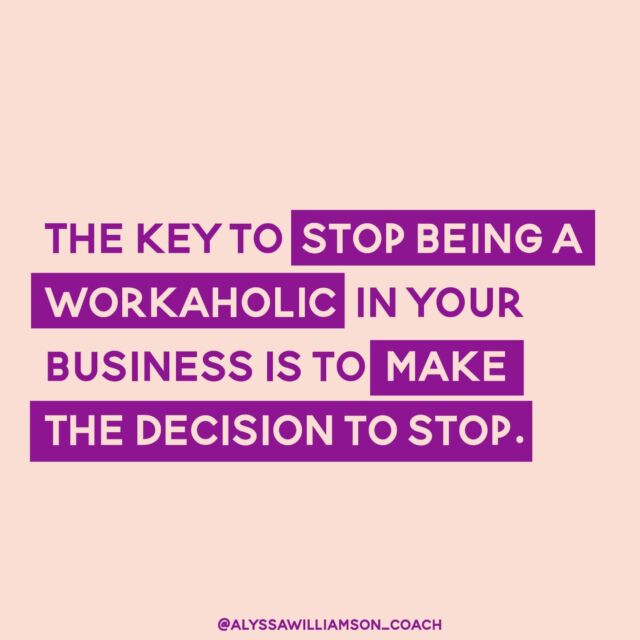

Generating quality leads is a part of life when running a business, but whether you are laboriously creating leads manually, or using an independent & repeatable systemized process, you can make a choice on what you do in your business. Turning your website into a lead generating machine is one of the many benefits of creating a website that sells for you. Who doesn’t want to bring in new business without increasing your own workload?!
Sometimes the hardest part of having a successful website is turning your traffic into quality leads. How do you qualify them AND get them to convert into a lead? By getting them to give you information! One way to get customer information is through landing pages. Landing pages are designed to convert traffic into leads by having visitors exchange their information for an offer. To learn more about landing pages
If you haven’t heard by now, content is king and generating new and useful information on your website, through blogging, is one of the best ways to get your website found in a process known as search engine optimization. This process is also just one step in the inbound marketing methodology. {{cta(‘b7f5fc81-ea78-4f91-a697-6f230e55c547′,’justifycenter’)}}
If you are reading this, you most likely have a good to fair amount of visitors going to your website or social media channels, but are having trouble getting them to buy your product or service. Perhaps, you’ve been producing a lot of content for your website’s blog, but your readers aren’t taking the next step to becoming a lead.
As the saying goes “It’s about quality, not quantity” and having one quality blog post is better than 8 mediocre blog posts. So, what are the steps necessary to convert a visitor into a lead? How can you turn your blog into a main source of generating quality leads? Here is a list of 11 blog ideas that can help you get new leads:
1. Have a big picture strategy behind your posts
The first level of blogging is just creating new and fresh regular content; it ensures your website is updated regularly so that search engines will also crawl it more frequently.
The second level of blogging is making sure your content is targeted to important keywords. These are keywords that you would like to be found for; you are creating content to help increase your search result ranking of them.
The third level of blogging is when your posts are part of a larger inbound marketing strategy; you have a persona, understand their needs and pains, and are writing content to meet them in the three levels of the buying process. Without this bigger picture strategy, your blogs won’t have the same impact on your ideal target market.
2. Make blog posts educational & relevant to all types of visitors and potential leads
Educational and relevant blog posts create value and credibility for your business. This concept can be applied to all kinds of businesses. For instance, if you own a restaurant and are having trouble getting more parties and events, you can focus on blog content teaching readers how to pick the best location for their new business party. You can include pictures of your own restaurant hosting an event as an example to illustrate your points and subtly promote your business at the same time.
3. Answer questions that your customers might have
Answer questions that potential customers might have before they even know about your product or service. Go for topics that will get your readers to say “I never considered that before”. For example if you own an automotive repair shop and want to get a bigger online presence, you can post a blog that answers to common questions car owners have but don’t have the knowledge to fix themselves.
A topic like “How To Fix Your Brake Light in 5 Easy Steps” is useful information to any car owner and adds value to your website by being an online resource. A topic like this may seem counter-intuitive as you are giving customers a reason to fix their own cars instead of having them go to your shop to get it fixed, however, it gives your business credibility, which expands your area of influence. They may also find that the solution sounds too time consuming and they would rather have you do the work! If more traffic starts coming to your site because you have useful information that your ideal clients need, you will begin to rank better in Google search results and then start to be found by more people! It’s a positive cycle of growth.
4. Research the best keywords to use in your blog post to make it SEO friendly
Keywords are one of the main reasons people find your website; using common keywords that your ideal clients search for into your blog post gives your post a better chance of being found on Google Search pages. Just make sure the keyword is relevant to your blog topic and that it fits organically in your sentences (Google wants you to write to people, not to their search engines).
{{cta(‘e45c87d2-1298-42ec-926a-973a423a6cda’)}}
5. Add links into your content that can lead visitors to other pages within your site
By adding internal links to your content, you are essentially creating roads to other pages on your website. These links can lead to more blog posts to keep your readers on your site, provide further information on your company, or even develop offers for visitors that are interested in your products.
In addition, you can add links to other websites that relate to the content on your post. By doing this, you are giving your readers additional information from another source and giving that source awareness of your blog by sending them inbound links. Over time, the goal is to build relationships with others sites and bloggers to crosslink your content and build strong links.
6. Keep everything consistent
Keeping a consistent tone of voice in your blog posts is important because you want to speak to the right audience with the right tone in every post. If your audience is casual, make the tone your blog post casual. If they are strictly professionals, then make the tone professional but still friendly.
Another element to be consistent with is the time of publishing. You want to be able to publish your posts on a set time limit whether it be daily, weekly, bi-monthly, or monthly. This helps bring your readers back to your site knowing that they will have consistently fresh content posted. You wouldn’t want to see your favorite blog be inconsistent when they publish an article, right?
7. Don’t keep your blog posts the same
Freshen it up for your readers by creating an infographic, slideshows, and videos. Changing things up can feel like a breath of fresh air when a reader is constantly looking at the same media format.
8. Create a posting schedule on a calendar to keep organized
This branches off of tip #5 on being consistent. It helps to create a monthly posting schedule for your blogs so that you know what time and day each post is going to be published. Maintaining an organized blog calendar also gives you a clear view of your publishing goals as a blogger.
Keeping a blog calendar also ties back into tip #1 as you are then planning out your month with the bigger picture in mind. Will you create a series of blog posts that layer on top of each other? Will you discuss similar topics but from different angles so that they can link together? All of these are ideas to keep in mind as you plan out each month.
9. Add social share buttons to the top and bottom of the blog post
You have a high chance of the reader distributing your blog post to other readers if you add a Facebook, Twitter, or Google Plus share option after they are done reading your post. When someone really enjoys your post, or wants to share with their social group, this is the easiest way to give them the opportunity.
10. Distribute your blog post on all social media channels for maximum visibility
To ensure that your content is being available, you have to post it on every social media platform that you have. If you don’t have an account with a major social media site then it’s best to create one as soon as possible because you never know if the audience you are trying to target uses that platform the most. Also, post each blog at different times to see what time of day your readers are most active.
Distributing your blog posts is also another way to grow the number of links feeding back into your site, and increase the traffic from those different platforms; SEO is fresh content + link building.
11. Visit other related blog sites and be active in the online communities within your industry
Creating a network of links from your site and to your site is a key part of getting found online. Start out by actively providing valuable content on complimentary blogs that work with your services but don’t compete. Then start commenting and linking to their site. You can reach out to them and try to build up a relationship so that they may, in turn, link to your site for your blog in the future. Being active on other blogs is a great way to network within your industry as well as build your business’ reputation.
Want more advice on marketing your website? Just like we discussed in Tip #1, you want to create a big picture strategy in order to identify your ideal target audience. To help you get started identifying you target market, you can download a free copy of our Ideal Client Personas guide below:
{{cta(‘6c57823f-a258-471d-b88a-83e2de73679c’,’justifycenter’)}}


 , Work Less, Profit More...Create a Life You're Freakin Obsessed With
, Work Less, Profit More...Create a Life You're Freakin Obsessed With 






